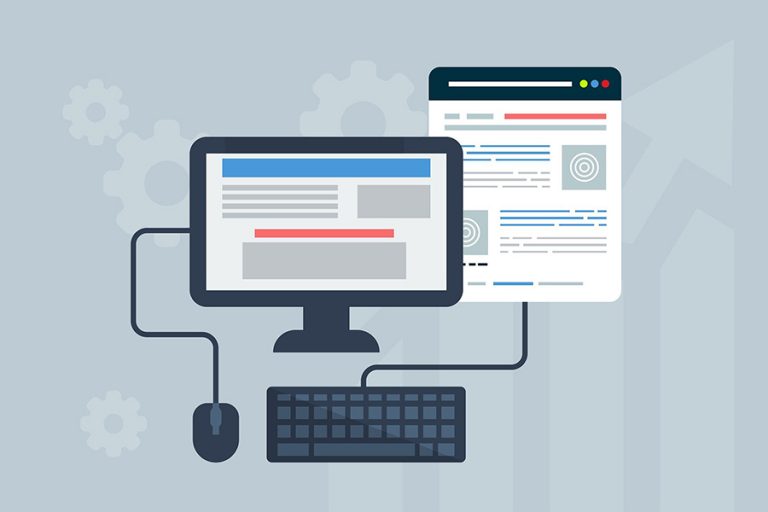Overview
|
Each of your students may have a different degree of disability, and different needs. When working with deaf students, use video materials with subtitles and/or sign language. Use audio materials when working with visually impaired or blind students. Try to create materials in Braille as well. When work-ing with dyslexic students, use materials with large text and a friendly format When working with an autistic child, keep in touch with his parents, they can help identify the learners’ needs. When working with children with other cognitive limitations, adapt the information to their processing capabilities. Familiarize yourself with the principles of Universal Design for Learning (UDL; https://teaching.cor-nell.edu/teaching-resources/designing-your-course/universal-design-learning), apply them in your lessons. |
Includes
- Materials:
- Multimedia presentation, internet graphics, websites

 Pre – Lesson Activities
Pre – Lesson Activities 
 Lessons :
Lessons :  Duration :
Duration :  Level :
Level :  Maximum Students :
Maximum Students :